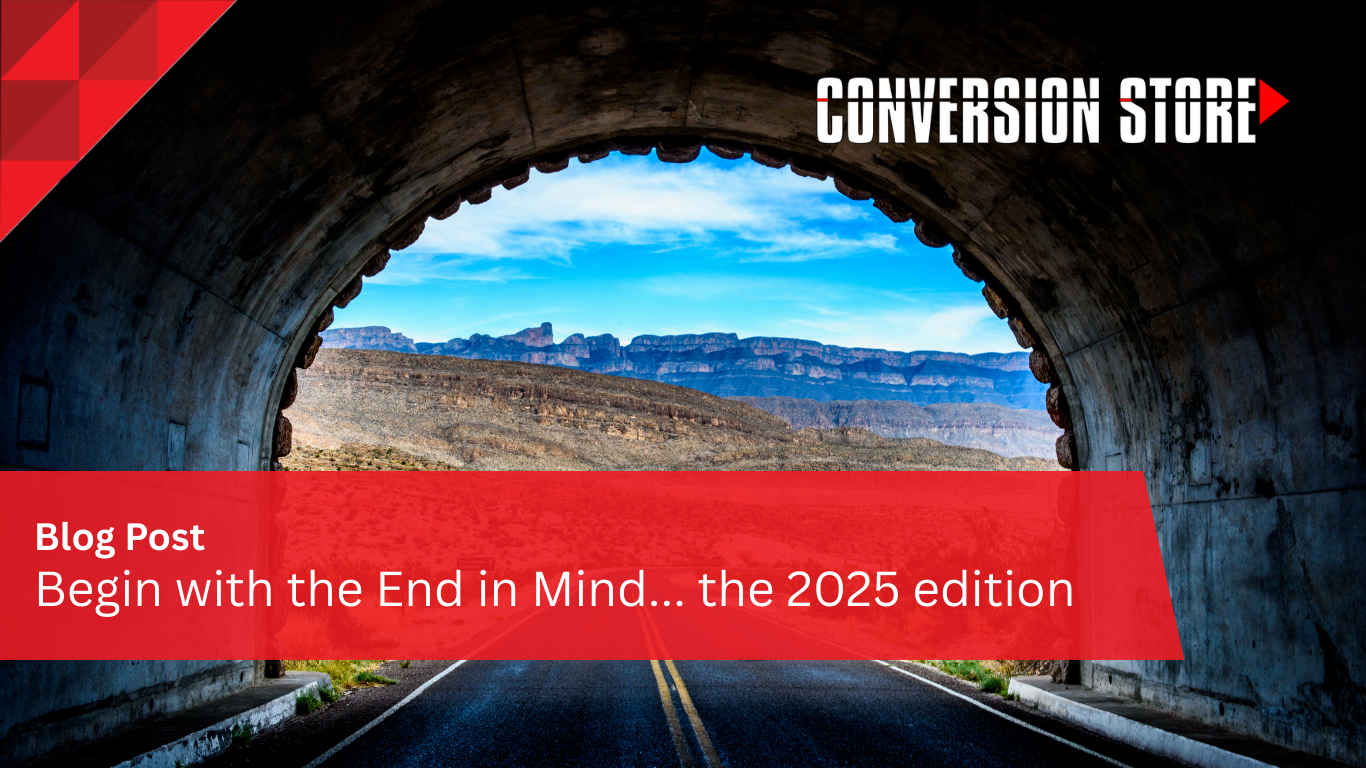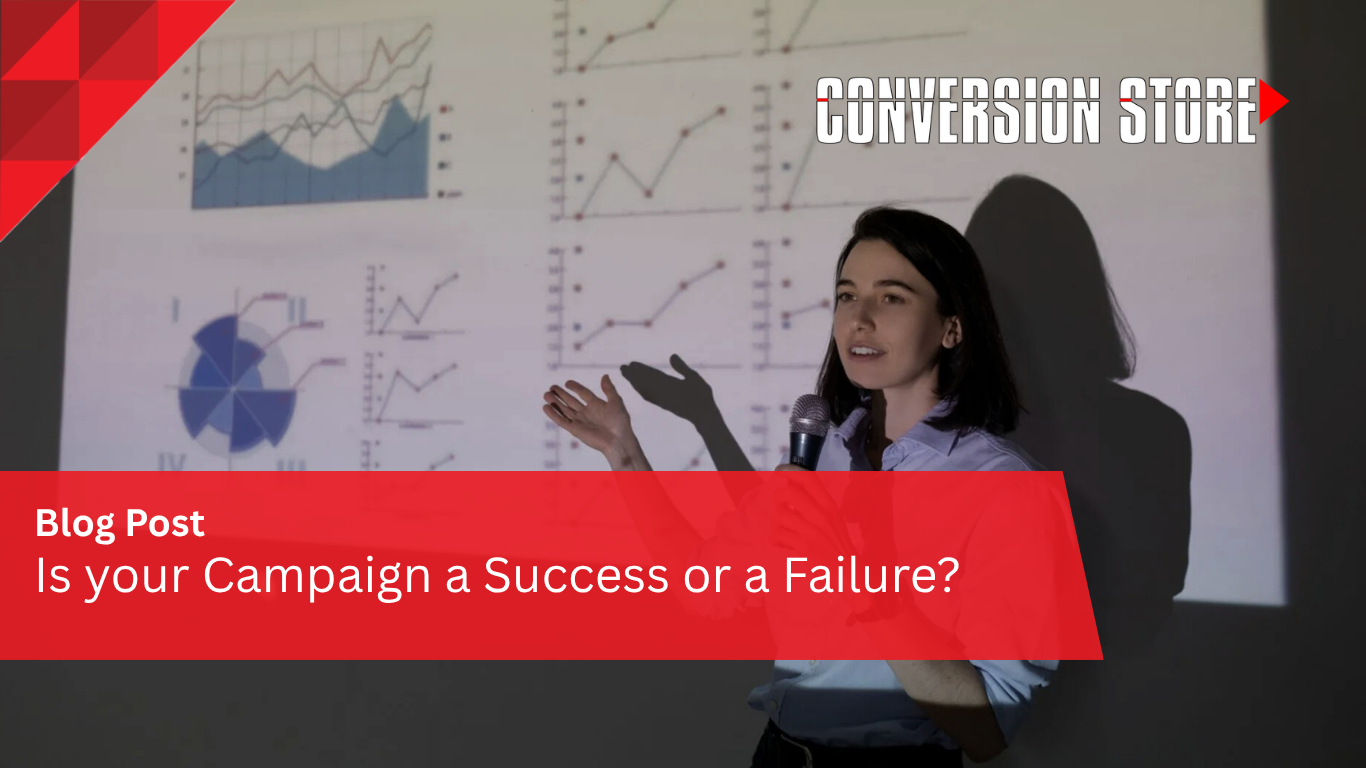Marketo is for Enterprises, NOT Startups. Do this instead
Summary
Earlier this week I saw a LinkedIn post shared from an Adobe Account Exec and an Adobe Solutions Consultant that suggested startups should use Marketo to launch their Go To Market strategy as they launch their businesses…
WAIT, should a startup should use Marketo???
If you're a Marketing Director at a startup, you should definitely NOT use Marketo until your firm has reached a certain level of growth. This article outlines several key reasons why Marketo is a software tool for Enterprise-level firms and the differences that make this software ideal for the Fortune 500, but not for firms in their first few years of development. Instead we'll offer some suggestions about tools that you might use when you're starting out like ActiveCampaign and building product-market fit before you sign a large contract for enterprise software that you won't truly be able to use.

Article
Marketo has many powerful features and can deliver a tremendous amount of value to some of the largest enterprises within the Fortune 500. Over the years I’ve helped many a firm make the migration from one of these tools to Marketo, but that usually happened after they reached a certain critical mass that warranted the extra expense involved in successfully running Marketo.
But all of those features come at a cost in terms of three key areas:
- Time
- Money
- Expertise
All three of these items are in very short supply at a typical startup. There are many other marketing tools that are specifically catered to working with more mid-market and SMB firms in the startup phase of their business.
If you’ve studied Go To Market strategy, you probably know that an understanding of your Ideal Customer Profile (ICP) is essential to the way that you run your business. An Enterprise operates in a dramatically different way than an SMB and so the software that is used by those firms is also quite different. Here are just a few features of Marketo that work really well for an enterprise, but would create complexities that stymie the growth efforts of an SMB:
| Feature | Enterprise Firm | Mid-Market Firm |
|---|---|---|
| Customized “a la cart” pricing combining specific features within Marketo or Adobe Experience Cloud. | Firms can purchase a bundle of features and tools to complement their use of the foundation of features in Marketo. | Each of these features is relatively expensive for a startup firm. Plus, they each require experts to implement each tool and help to train marketing personnel to properly “own” each tool and its use in the Marketing and Sales departments. |
| Customizable HTML Email Templates | Allows Developer Operations to build email content that is completely on brand using responsive HTML coding | Requires an outsourced developer who understands Marketo’s custom HTML syntax to create email templates. |
| Center of Excellence Program Templates | Quickly scales marketing campaigns for all tactics with standardized reporting and tracking. | Required experience Marketo administrators who understand the logic in each program and Smart Campaigns that run those initiatives. |
| CRM integrations for Salesforce or Microsoft Dynamics | Allows for integrations with some of the most popular CRM software which collectively are already used by the majority of Enterprise Sales teams. | These integrations are not available in the basic pricing tier for each of these CRMs. Many startups have founder-led growth or product-led growth that do not need the expense of this level of CRM at the current phase of the business. |
Marketo is now just a component of Adobe Experience Cloud
Other than features, it’s important to consider the product roadmap and where Marketo is going relative to its competition. Marketo was originally developed to be a stand alone product that sits at the epicenter of a marketing technology stack. When the original founders ran the firm, it was touted as having LaunchPoint, one of the largest integrated application ecosystems with over 400 tools that could directly integrate into it.
Today, Marketo is rapidly shifting to be just one component in the Adobe Experience Cloud ecosystem. New products within Experience Cloud can integrate with Marketo, but only if additional investments are made in other Adobe technologies. For example, at Adobe Summit 2023 and 2024, new Marketo features were announced around Interactive Webinars and Adobe Journey Optimizer, B2B Edition. However, both of those tools require buying Adobe Connect and Adobe Real Time CDP in addition to buying each of those tools.
Better Options for Startups
If you’re a startup or your just launching your martech stack at your firm, here are a few steps that you should do before signing a big contract for an enterprise MAP like Marketo versus an SMB platform that gives you more flexibility to pivot your business while you understand your marketplace.
- Understand how your business makes money
- Who are the primary customers that you serve (or would like to serve)?
- How do they learn about you and your product or service?
- What is their process for evaluating their choices and deciding to work with you?
- How does (or should) marketing help with to enhance this process?
- What are the tactics that generate the most value for your firm? Webinars, Podcasts, and Live Conferences are all growing tactics these days but each uses very different set of skills
- Have you established a successful marketing mix? How does your leadership evaluate marketing? Enterprises know their business well enough to have dashboards and dashboards full of KPIs. But startups might just look at the monthly revenue while they’re understanding the marketplace they’re operating within.
This might seem counterintuitive when you’re reading the hype from the enterprise tech firms, but using a tool geared towards SMB is a better option when you’re starting out. ActiveCampaign, for example, gives you most of the demand gen features that you’ll see in more expensive platforms at a lower cost. If you outgrow it, then you’re in a great spot to up your investment in an enterprise tool. But if you’re still working on your product-market fit, then you still have the resources to make the changes that you need to make.
Conclusions and Key Takeaways
Marketing leaders should scrutinize the products that they incorporate into their marketing technology stacks. Bigger is not always better when it comes to marketing software. Incorporating software considered “Best in Class” at an enterprise level, might create considerable problems or technical debt at a startup with a finite amount of resources.
Software review directories like G2 segment their recommendations into Enterprise, Mid-Market, and SMB categories because there are distinct needs for each of those types of businesses. In 2024, Adobe is rapidly moving to incorporate Marketo within it’s Experience Cloud suite.
The combined cost and complexity of the tools to run Adobe Experience Cloud mean that Marketo’s ideal customer is shifting towards large-scale Enterprises. While those tools can certainly handle the needs to smaller enterprises and mid-market firms, their combined cost is unaffordable and should be avoided by that phase of growth.
Subscribe to our Blog
Read the latest updates and insights about how to make the most of your marketing technology to meet your business and revenue goals.



